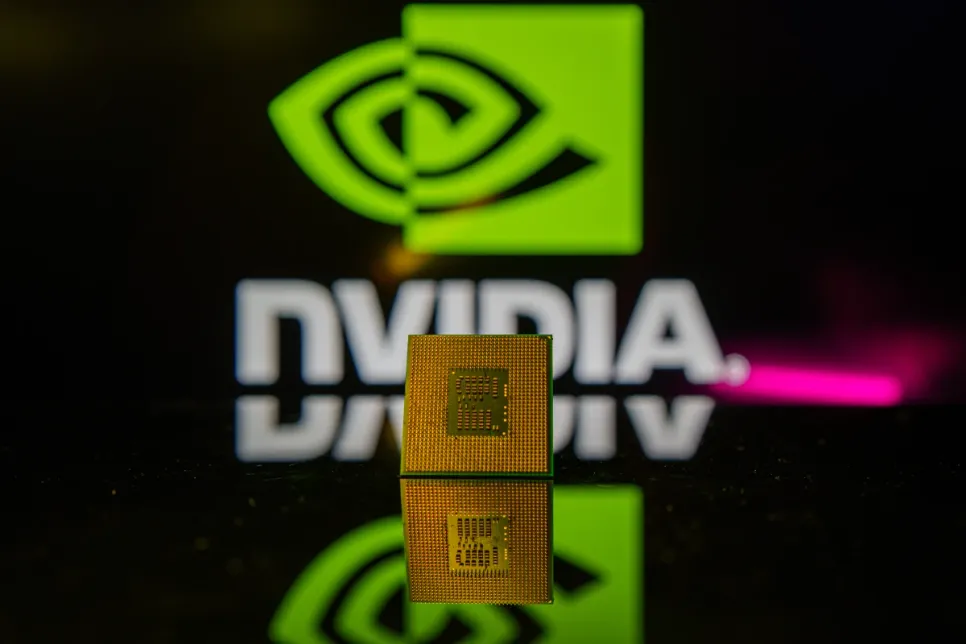Australia Releases Guidelines Ahead of New Online Safety Rules
The Australian eSafety Commissioner has released guidelines ahead of new age-restricted material codes taking effect later this month.

Nvidia reiterated that its GPUs were not built with kill switches or backdoors. The company found itself in the middle of the debate with politicians lobbying for its chips to include location sharing and remote-control features.
The company's chief security officer, David Reber, argued in a blog that embedding backdoors and kill switches into its chips would be a gift to hackers and hostile actors, undermining global digital infrastructure and fracturing trust in US technology. He noted that to mitigate the risk of misuse, some pundits and politicians proposed requiring hardware to have built-in controls that can remotely disable GPUs without user knowledge and consent, adding that some suspect these might already exist.
Until recently, Reber noted that established law required companies to fix any security vulnerabilities, and the principle still holds. “There is no such thing as a ‘good’ secret backdoor, only dangerous vulnerabilities that need to be eliminated”, he said. “Product security must always be done in the right way: through rigorous internal testing, independent validation, and full compliance with global security standards.”
The Chinese government held a meeting with the company last week to outline its concerns about a US push for its advanced chips to include tracking and positioning features. Nvidia said there were suggestions that “find my phone” or “remote wipe” features on smartphones could be used as models for a GPU kill switch. However, Nvidia’s security chief said the comparison doesn’t hold water; optional software features, controlled by the user, are not hardware backdoors. “Hardwiring a kill switch into a chip is something entirely different: a permanent flaw beyond user control and an open invitation for disaster,” Reber warned.